Last week, I started this series on trusts with a very basic overview of what a trust is — a legal agreement between three parties, captured in a document usually called trust agreement, where the trustee(s) manages the assets of the grantor(s) for the benefit of the beneficiary(ies). This week, I’m focusing on some of the main types of trusts. Trusts can be broadly sorted into binary categories, and it’s helpful to start with these broad categories in order to understand why your attorney is recommending one type of trust over another. Different trusts are useful for different reasons, depending on the situation.
This is a useful place to pause and remember that this article is information — not legal advice. To recommend a type of trust, I would need to know your financial resources, the types of assets you own, your familial relationships, and your estate planning goals. So while this article might help you understand the world of trusts, it is not a replacement for solid legal advice from an attorney who understands your situation.
Revocable and Irrevocable, Living and Testamentary
Our first categories of trust are revocable and irrevocable. With very few exceptions, irrevocable trusts cannot be changed after they have been created. Because the assets in the trust are permanently removed from the control of the grantor, these trusts are usually created to save income tax or estate tax, or to protect assets from creditors or a spendthrift beneficiary.
Revocable trusts, in contract, can be restated as often as the grantor wishes. However, because the grantor can change the terms at any time, for any reason or no reason at all, the assets in the trust continue to be taxed to the grantor. There is no tax benefit to creating a revocable trust, and the assets are not as far removed from creditors either. Revocable trusts are the most common type of trust in the United States, but not because of any tax savings. Rather, in states where the probate process is long and expensive, revocable trusts are preferable.
A living trust is one that is created while the grantor is alive. Living trusts can be either revocable or irrevocable. Testamentary trusts, in contrast, are created through the will of the grantor. These trusts are always irrevocable, as the grantor is no longer alive and thus cannot change the terms of the trust. Since the probate process in Washington State is one of the fastest and cheapest in the country, many families with young children opt for a testamentary trust for their minor children instead of creating a revocable living trust, or RLT. The trust is planned, but not executed and funded until after one or more parents pass on.
Sorting by Beneficiary
There are three basic types of beneficiaries. A “pot” trust is a common trust for a group who are all beneficiaries at the same time. The best example of a pot trust is a family with young children. The children will all benefit from remodeling the home so that each child has their own room, and the pot trust can easily fund that remodel. The expenses that the trust pays for don’t need to be equally distributed either — because the trust isn’t divided into each child’s share, a child who has additional medical needs, or who develops a passion for hockey, can receive more funds out of the pot than a child who is rarely injured or simply enjoys soccer more.
Trusts can also have one beneficiary. Single beneficiaries are more common for teenagers and adult beneficiaries, whose interests and struggles may be better understood. Pot trusts can also divide at predetermined times, such as when the oldest child reaches 18 years, so that the children can plan for college expenses.
Another type of beneficiary is a short-term beneficiary. For example, let’s say a Jane and John marry later in life, both having children from a prior relationship. Jane owns her house, but John lives in the house with her after they marry. She decides to put the house in a Qualified Terminal Interest Property Trust, or QTIP. The QTIP allows John to continuing living in the house, even after Jane passes away, until his death, but the house is never his. When he passes, rather than it being included in his estate and passing to his children, the trust terminates and becomes the property of Jane’s children only (or the children become the new beneficiaries, either way).
If you think a trust might be helpful for your estate plan, let’s talk about it. Make an appointment today.


